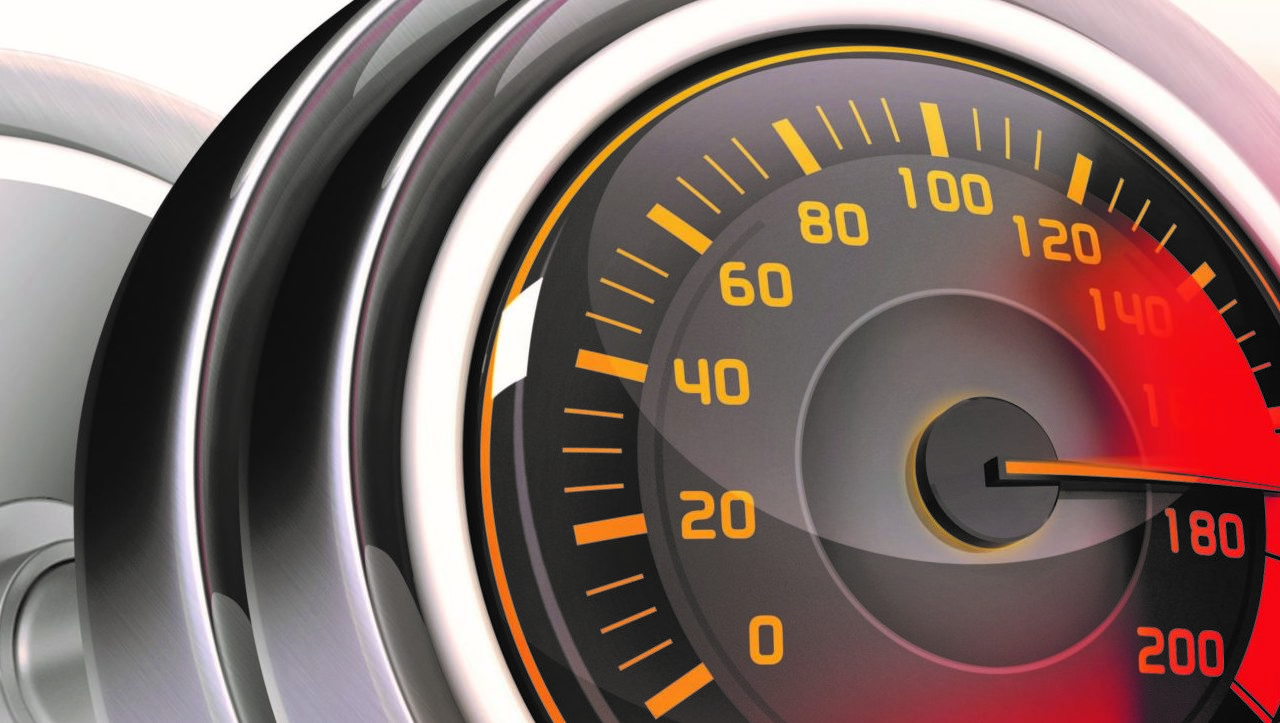Dr. Anthony J. Lombardi specializes in sport injuries, treating professional athletes from a variety of sporting disciplines (www.hamiltonbackclinic.com)
Laminectomy of L4-L5 discs, disc decompression of L3-L4 discs, neck fusion of levels C3-C4-C5, double hip replacement, and over 12 surgeries to date. This isn’t the operating room schedule at your local hospital – it signifies the number and types of surgeries that bodybuilder and legend Ronnie Coleman has endured since 2007. Coleman once squatted 800 lbs – for two reps! His only regret? That he didn’t try for four! He also has eight straight Mr. Olympia titles and 26 IFBB championships, Ronnie Coleman – now 55, could be the poster boy for Post-Traumatic Osteoarthritis (PTOA). While weightlifting is supposed to make you strong, there’s a cautionary tale that it could take you in the opposite direction.
The PTOA You Don’t Know
Post Traumatic Osteoarthritis (PTOA) is a condition where joints in the body undergo premature degenerative change following trauma. About 20% of people who experience joint trauma are affected by PTOA, but those who experience repetitive joint force or trauma on a regular basis increase their risk of PTOA. This happens because trauma or a repetitive force causes the cartilage cells called chondrocytes to burst which create inflammation. Joints like the hip and knee are typically affected by osteoarthritis. These joints are lubricated by a natural substance called synovial fluid. The damage to the cartilage causes the chondrocytes to flake apart and absorb synovial fluid which decreases the amount of lubricant in the joint. Reducing joint lubrication increases friction between the bones of the joint and this accelerates joint decay which causes more inflammation and degenerative bone changes. Essentially, this makes young joints look and feel old in a relatively short amount of time.
What you can do to help yourself?
The key to making sure you do not become a victim of PTOA is to reduce inflammation as soon as joint trauma occurs and make it a habit to exercise the joint under conditions that minimize joint compression. Take the following steps and you’ll put yourself in the best possible position to remain injury-free as you age.
Step 1: ICE
During the first 72 hours following trauma, the inflammatory phase of joint healing begins to take place. Applying ice packs or ice massage techniques minimizes joint swelling and maintains range of motion. Applying an ice pack for 20 minutes 4-5 times per day will yield the best results. Using ice massage will have an anti-inflammatory effect but will also bring extra pain relief as the ice massage releases endorphins to flood the area of injury without having to rely on over-the-counter analgesics. Ice massage involves taking an ice cube wrapped in a paper towel and applying the ice to the area of injury by moving it in a circular motion on the skin for five minutes. This has a similar effect as acupuncture by stimulating the pain centers in the brain to discharge natural pain-relieving chemicals. This can be done numerous times per day to escalate the anti-inflammatory response.
Step 2: Water Aerobics
Contrary to popular belief, you do not have to be old to participate in water aerobics. Although this is typically relegated to the elderly, no one will blame you for wanting to take care of your future joint health. Being immersed in water up to your neck reduces the weight on your joint by almost half. This allows you to move your joints through ranges without the inherent compression acting on them during their typical interaction with gravity. Increased movement drives nutritive chemicals to the cartilage and flushes out inflammation.
Step 3: Strengthening Your Muscles
Your gluteus medius, gluteus minimus, and gluteus maximus muscles play a starring role in absorbing forces that enter your ankles, knees and hips. Painful knee joints will almost always accompany weak gluteals so it is important to keep these muscles strong. Hip extensions and lateral leg raises should become a staple in your exercise regimen to combat the forces on your joints.
Who can help you?
EXSTORE
More often than not our gluteal muscles will be weak without us even knowing it. That is because pain, trauma or repeated trauma, and even mild osteoarthritis will cause surrounding joint muscles to become inhibited. Inhibited muscles test weak even when they are very well-developed. This is why many athletes are turning to Exstore System practitioners who are able to locate muscle inhibitions in just a couple of minutes. This can allow for better direction of treatment and show the fitness athletes where exactly they need to focus their exercises.
Electroacupuncture
In 2019, Yan Zhang et al published a landmark paper in >The American Journal of Translational Research which demonstrated how electroacupuncture could actually regenerate joint cartilage in the knees of people with MRI-documented osteoarthritis. In the study, subjects did pre and post MRIs to evaluate knee osteoarthritis before and after electroacupuncture treatment. After four weeks, the electroacupuncture group had a significant decrease in pain and MRIs showed distinct evidence of cartilage regrowth and repair. So although joint trauma can accelerate future joint degeneration, there is still a lot you can do to stop osteoarthritis from taking over.







